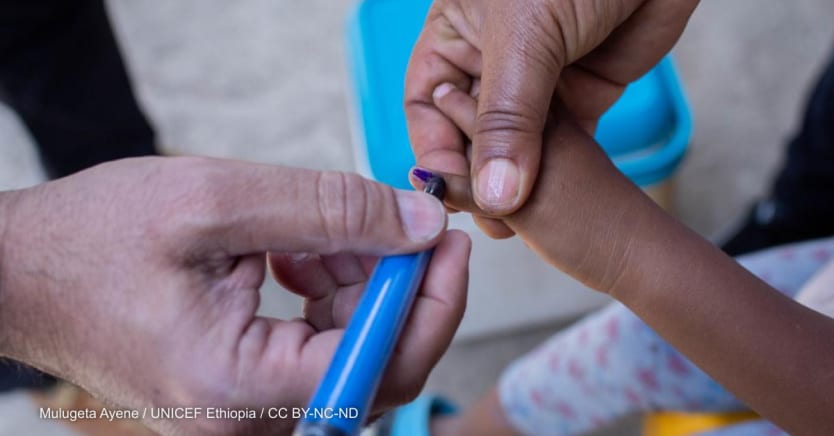
The new polio vaccine has ended an outbreak for the first time. The outbreak, which took place in Tajikistan, was of circulating vaccine-derived poliovirus type 2 — the first detection of this type of polio in the World Health organization’s European region.
It started in January last year and resulted in the paralysis of 34 children, with another 26 infected.
The Pro read:
Can a new vaccine halt the rising tide of vaccine-derived polio?
The COVID-19 pandemic has led to a global surge in cases of the circulating vaccine-derived polio virus. In response, a new vaccine has been granted emergency use listing to manage the crisis.
This vaccine-derived poliovirus is different to wild polio in that it's linked to environmental contamination. If a child is immunized through the oral poliovirus vaccine, remnants of the weakened poliovirus can leave the child’s body through feces, which can enter the surrounding environment. In populations with low immunity the virus can change into a form of the poliovirus that can cause paralysis, exposing unvaccinated children.
Combating vaccine-derived poliovirus type 2: In 2020, the type 2 novel oral polio vaccine, or nOPV2, received WHO’s emergency use listing, and has subsequently been rolled out in countries. It’s a next-generation version of type 2 monovalent oral polio vaccine, which is specifically used in outbreak responses to vaccine-derived poliovirus. This listing was granted because of the need to combat the rising cases of vaccine-derived poliovirus.
“[Type 2 novel oral polio vaccine] is safe and provides comparable protection against poliovirus, while being more genetically stable and therefore less likely to revert into a form that can cause paralysis in under-immunized communities. This means that [the vaccine] could help stop [vaccine-derived poliovirus type 2] outbreaks,” according to WHO.
Vaccine rollout: Tajikistan was one of the seven initial countries where the Global Polio Eradication Initiative rolled out the new vaccine in March 2021. Since the beginning of the vaccine’s rollout, over 265 million doses have been administered in 14 countries.



